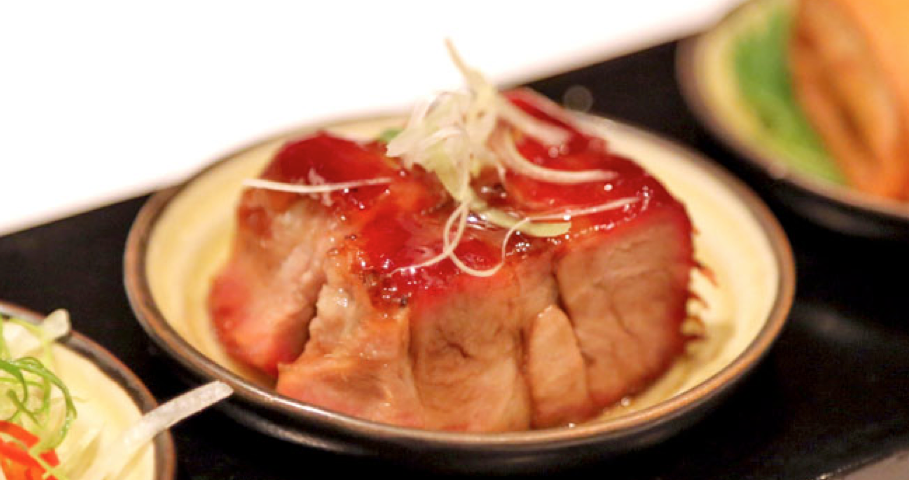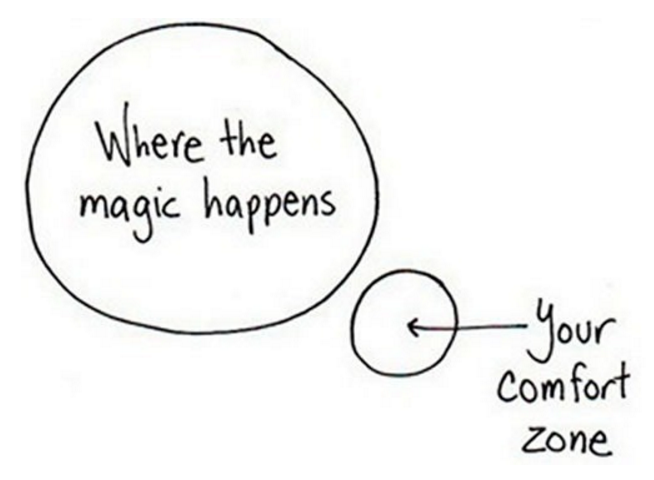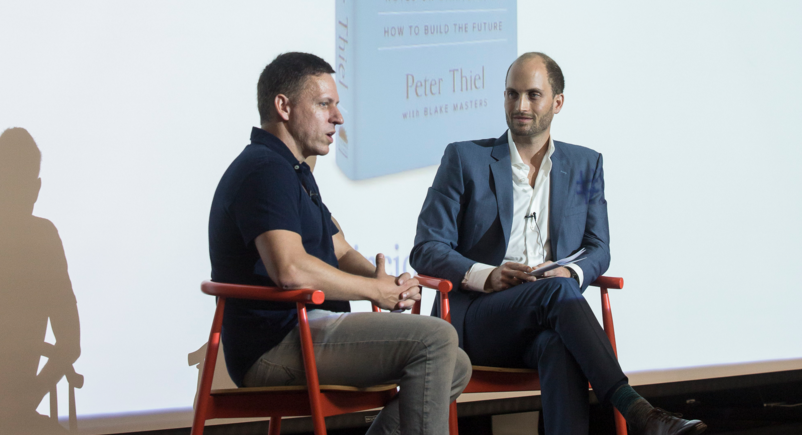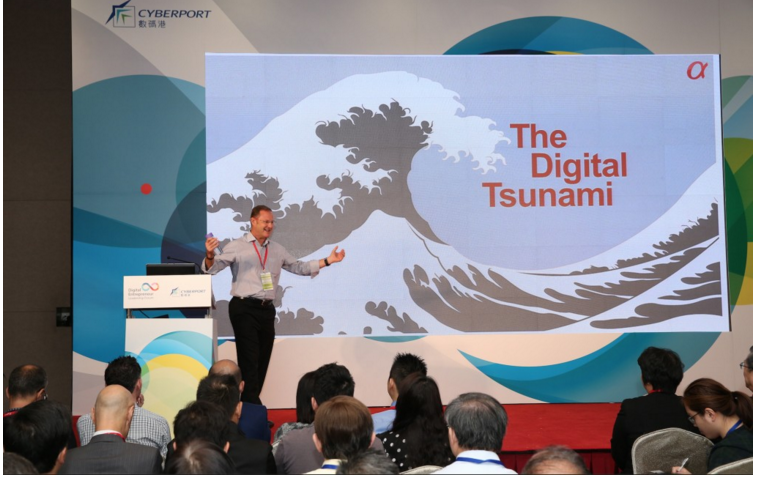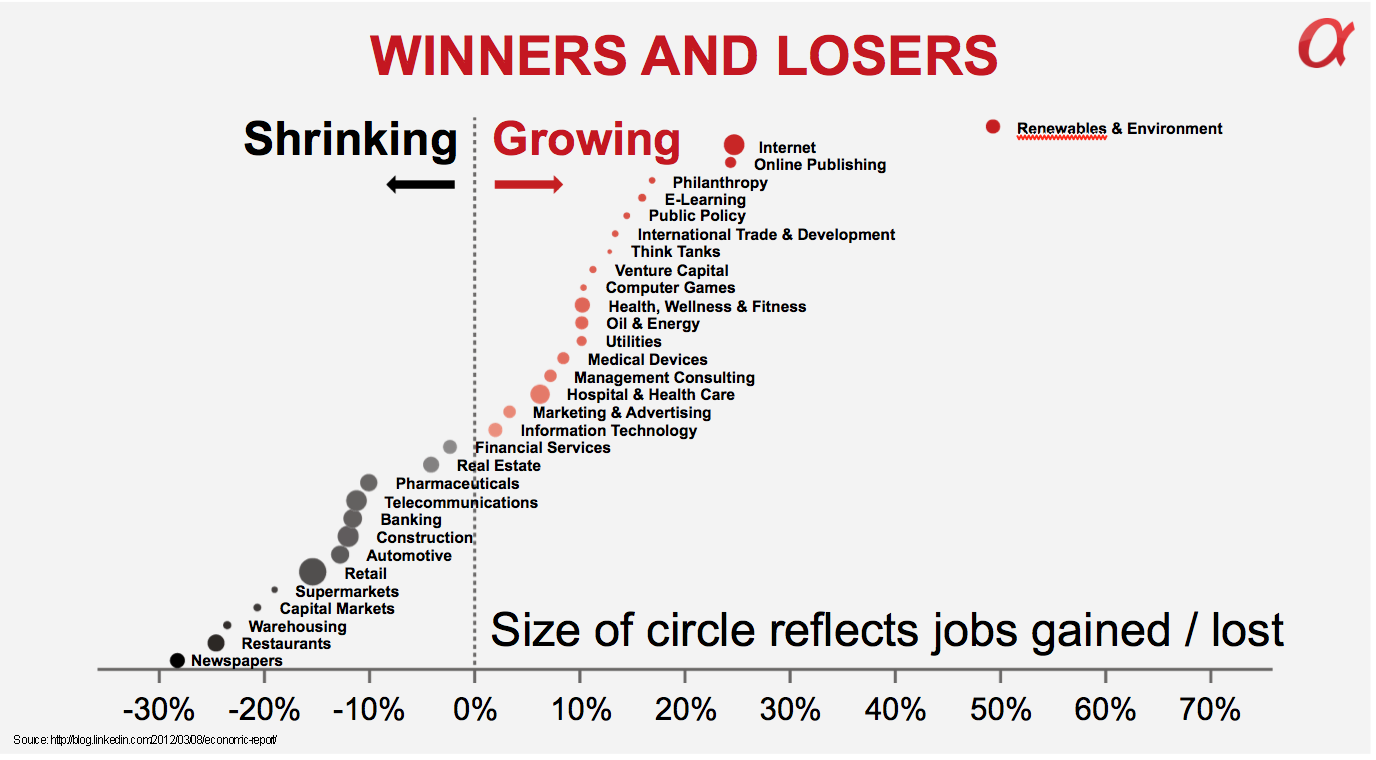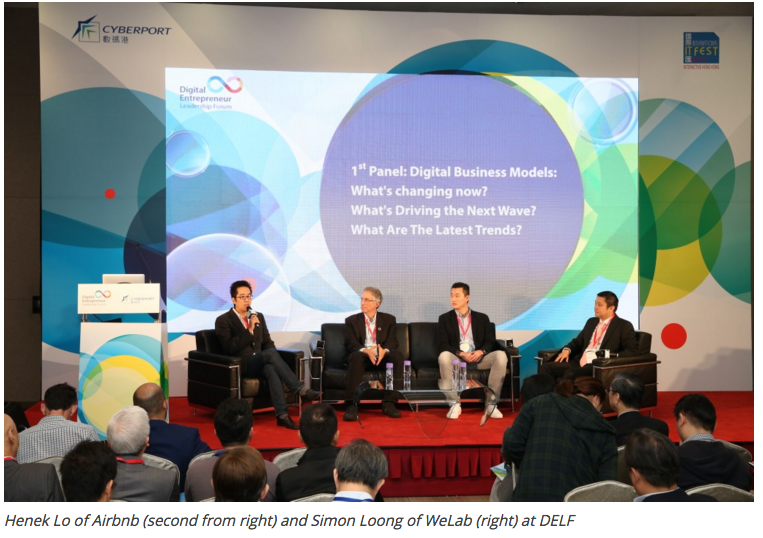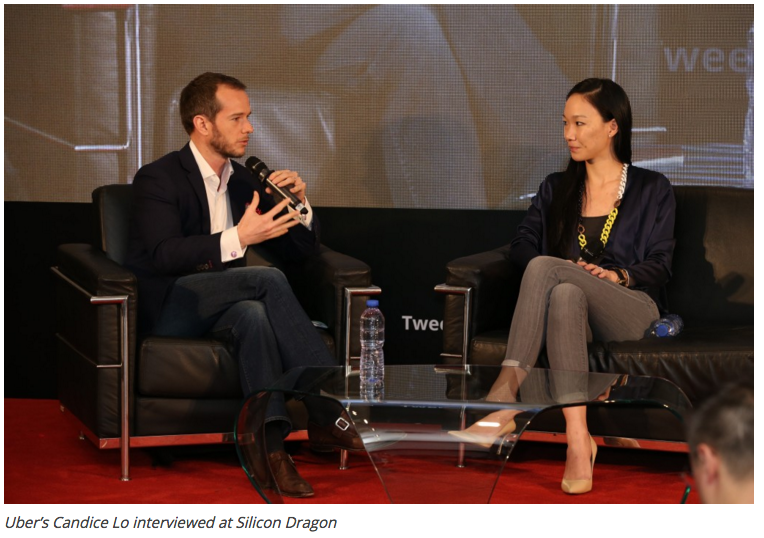Global Sources has kicked off the 2016 spring show season with the Global Sources Electronics Show on 11th April 2016. With tens of thousands show visitors in town, it’s only fit to compile a list of cool places to feed those empty stomachs and quench thirst after long days at the fairs. So we’ve put together a list of best 26 for trade shows, ranging from cheap and cheerful to high end splurges. Mostly located around Central and Wanchai – where many of the shows are. Enjoy!
Dim Sum
First stop, dim sums! No visit to Hong Kong can be complete without digging chopsticks into those wonderful things.
- Lung King Heen – World’s first 3 Michelin starred Chinese restaurant, best dim sum in Hong Kong. Lunches provide more value at about HKD 300-400 per head. Remember to book ahead.
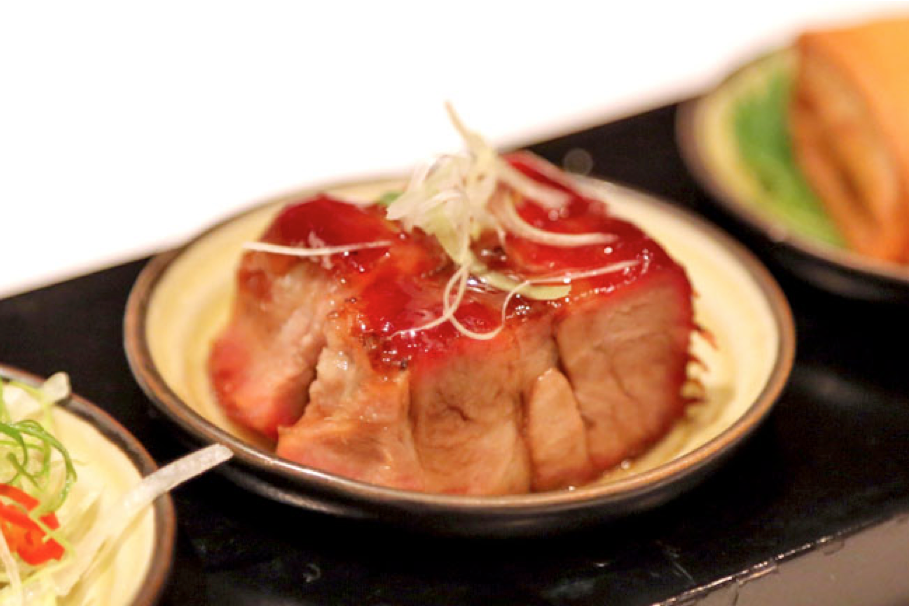
Lung King Heen – Daniel Food Diary
- Fu Sing in Wanchai has the best BBQ pork in Hong Kong, sweet, succulent, simply delicious. Their dim sum is very fine also.
- Tim Ho Wan – Michelin star dim sum chains, now expanded internationally to Singapore and Sydney. Cheap and cheerful – get your stomach filled with those crispy pork buns and prawn dumpling (har gow). International Finance Center’s outlet is on your way to the airport express, it is perpetually filled with people. Worth the wait!
Chinese
- Peking Garden is a chain restaurant under Maxim Concepts, it has various outlets around Hong Kong. Their Peking duck is a treat and the chefs will slice the skin off the duck right in front of you. Fun!

Peking Duck at Peking Garden – SCMP
- Mott 32, nested inside a former bank vault, Mott 32 is part of the highly successful Maximal Concepts Group – trendy and awesome food and presentation. Popular spot, hard to book table usually. A bit higher priced, about HKD 500-800 per head for dinner, but well worth it.
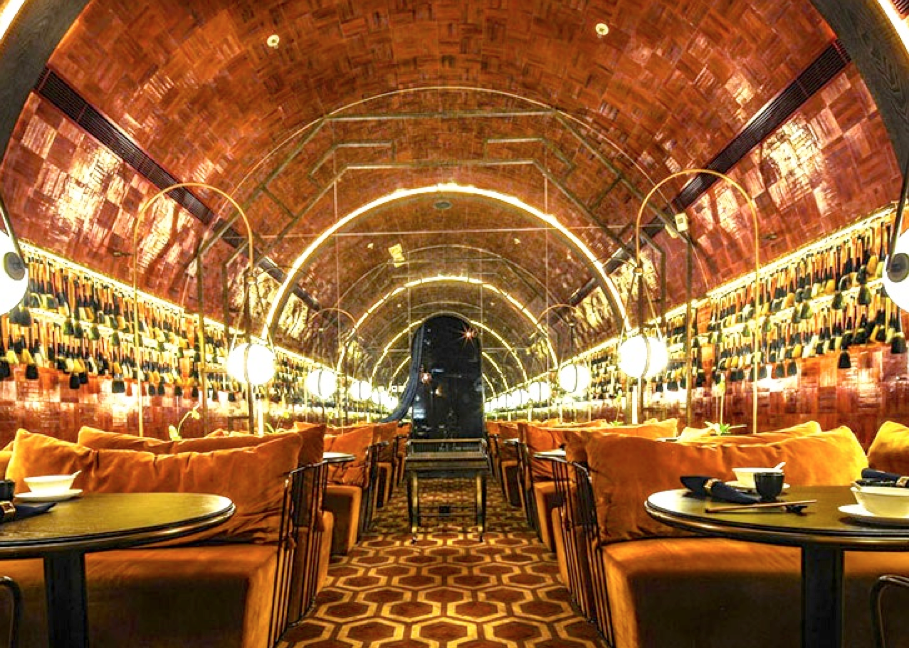
Mott 32 – Inhabitat
- Spicy Sichuan at San Xi Lou – this was my comfort food back during those long nights in the office as a banker. Great spicy food, the boiled fish covered in chillie and peppercorn is delicious and tender. San Xi Lou also does great hot pot (boil food in a pot filled with delicious soup base).
- Hee Kee under the bridge chilly crab (Wanchai)
- Ho Lee Fook – another one of my favorite hip Chinese joints, funky, loud, fun, intense experience. Great food, come with an open mind and strong appetite.
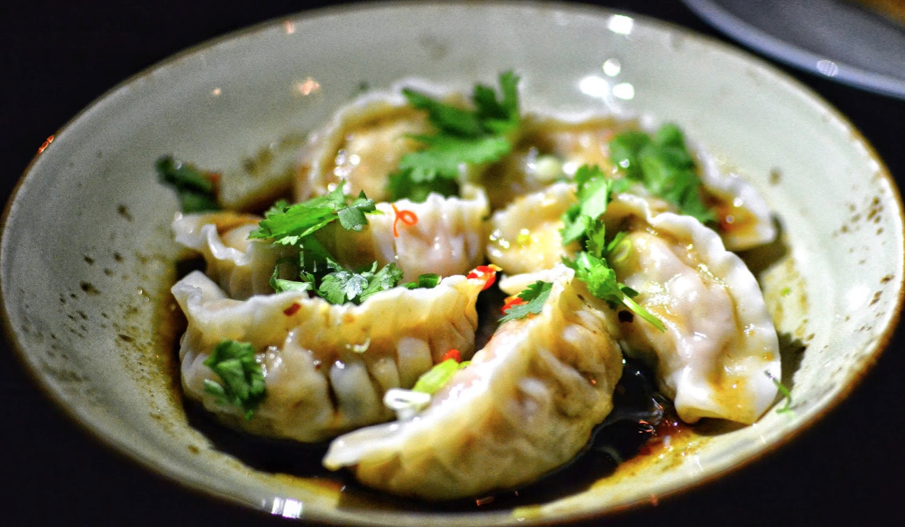
Ho Lee Fook – Hungry Hong Kong
Other Cuisines
- Yardbird – Fun atmosphere, really good Japanese yakitori, no booking so have a drink while you wait and people watch.
Vegetarian
- Pure Veggie House – Voted the best Chinese Vegetarian restaurant on Tripadvisor. This is my favorite haunt when I want to eat light. Actually took a couple of Vegan friends in town for the show there this week and they absolutely loved it. Loved the delicious taste and exquisite presentation!

Pure Veggie House – A Foodie World
Splurge
- Robuchon – Best French in Hong Kong. Period.
- 8 1/2 Otto e Mezzo – Best Italian in Hong Kong. Great cocktails!
Brunch
- Zuma – Japanese fusion with flows of champagne. The food feast and alcohol is very fun. Go with a bigger group and enjoy an entire afternoon in decadence.
- Hutong – Amazing panoramic view of Hong Kong island. Enjoy the tasty Chinese buffet lunch and special live performance. Quite an experience to chill and unwind. Tsim Sha Tsui
Drinks in Tsim Sha Tsui
- Aqua – Breathtaking view of Hong Kong island
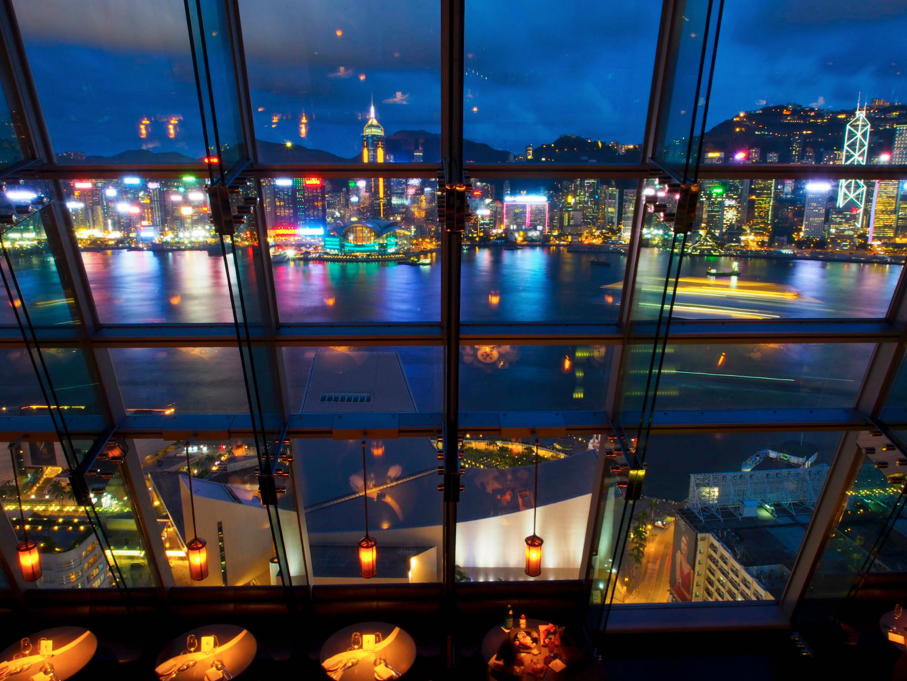
View of Hong Kong island at Aqua – Day by Day
- Peninsula’s The Bar – Remember to go to the toilet and check out, worth it for just that.
Bars in Central
Lan Kwai Fong is where the Actions are at After Dinner
- Stockton – Hidden, swanky, the place to go for whisky. Usually packed after 11pm.
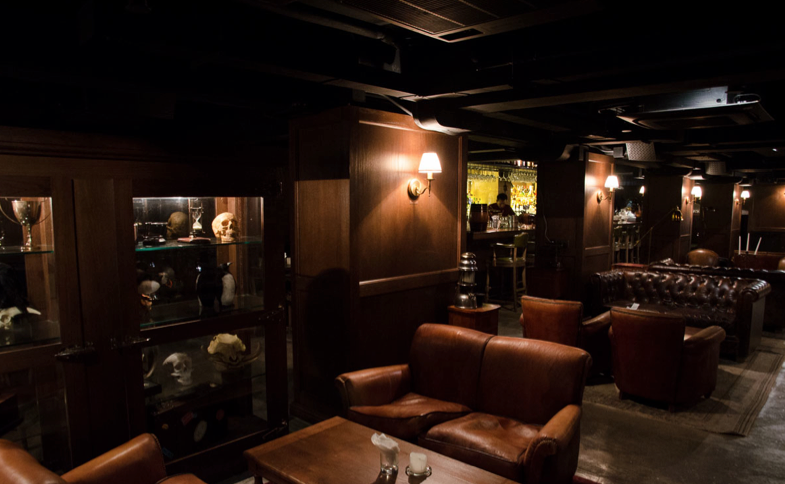
Stockton – Asia Bars
- Azure – Open patio, touristy spot for view, great overview of central area
- On – Outdoor terrace, great cheese and wine and cocktail selection.
Clubbing
- Tazmania Ballroom – Fun club with some big ping pong tables. Hip hop. (Central)
- Dragon I – Models night. Hip hop and techno (Central)
If you got at least half a day to unwind,
you can also consider visiting the following:
- Lie down on Stanley beach on south side of the Hong Kong island. (South Side)
- Lamma Island – Rainbow Restaurant. 45 minutes on the Ferry from International Finance Centre
- Catch the tram from Admiralty to the peak, fun old school experience. (Central)
- Hatton road hike up to the Victoria Peak – from the entrance of Hong Kong University you can hike up to the peak. It takes about one hour and really is an easy stroll on cement. There is pretty view of the city’s skyline on the way up and plenty of food selections at the top. (Central)
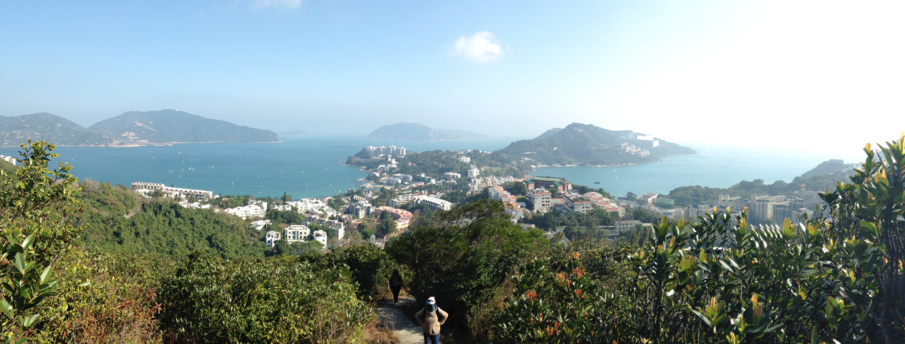
Twins Peak (HKFiles)
- Hardcore hikers should check out the Twin Peaks, comprising of lots of steps with endless rolling hills in sight. You are rewarded with incredible views of the south side of the island on the way down. The hike takes about 2-3 hours. (South side)
I’d love to hear from you. Drop me a line at chucklingeveryday@gmail.com

